One of the greatest joys of being a child was figuring out that rubber bands make awesome sounds when they are plucked, and that the sound is easily changed by stretching the band to different lengths. For those of us who need firsthand experience to truly understand how the world works, these types of self-discovery are a pretty great way to learn about physics.
If you’re looking to build a physical music lesson or musical physics lesson into your burgeoning home school curriculum, look no further than the junk drawer, the broom closet, and the 3D printer. [Ham-made] used to stretch his bands across an empty tissue box, but came up with a much more professional implementation based on a broom handle. Check out this fat sound!
You don’t even need to find a spare broom handle, because none of this is permanent — the headstock piece with the hooks is meant to slide up and down to create cool sounds, and the tailpiece threads on in place of the broom bristles. Inside the tailpiece is a piezo disk and a 1/4″ jack so you can plug it in to your amp stack and start an impromptu jazz group. Just keep it under 10 people, okay?
You’ll need to mic your chanteuse, so keep the physics fun going with this plastic cup microphone.

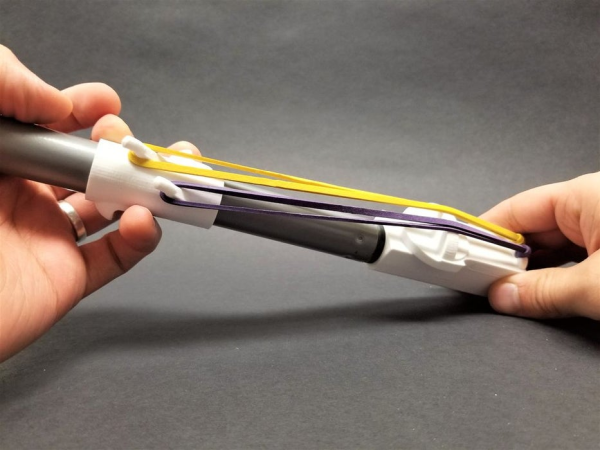


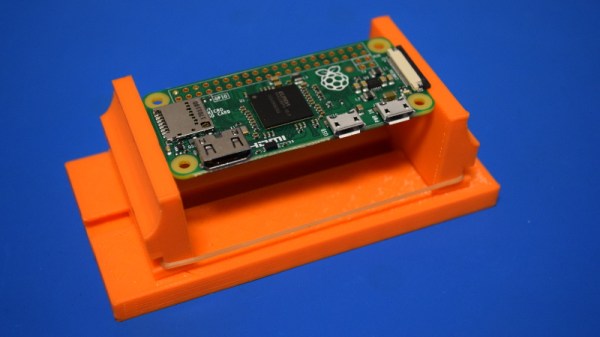

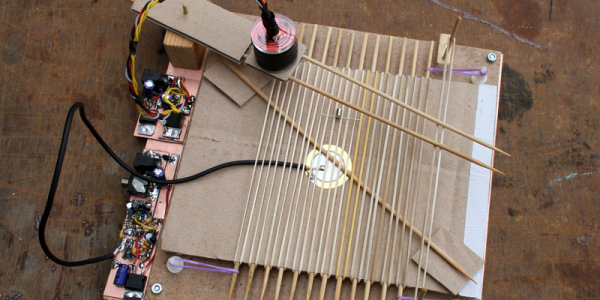
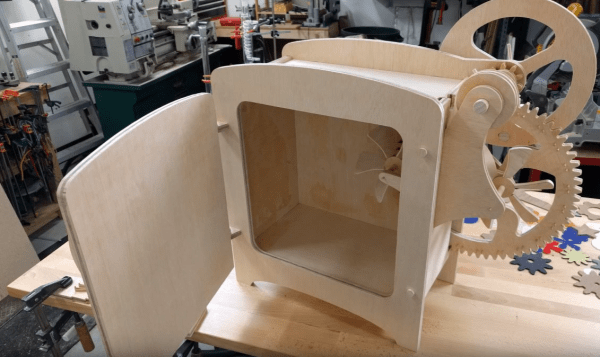
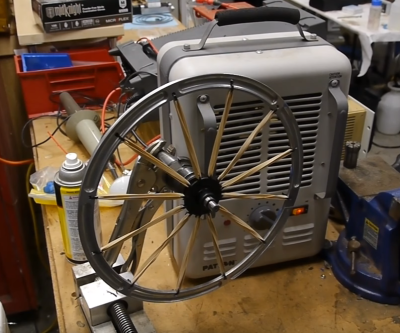 retch the band has to go somewhere, and that somewhere is heat. This is all an example of
retch the band has to go somewhere, and that somewhere is heat. This is all an example of 








